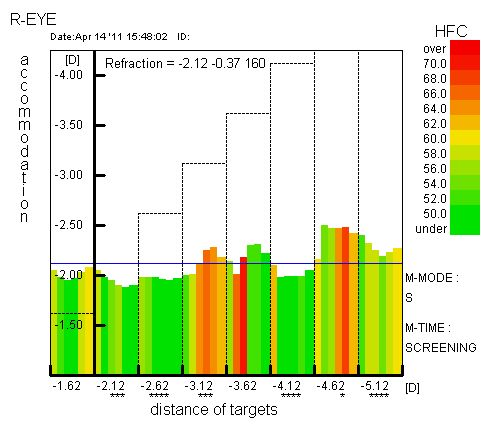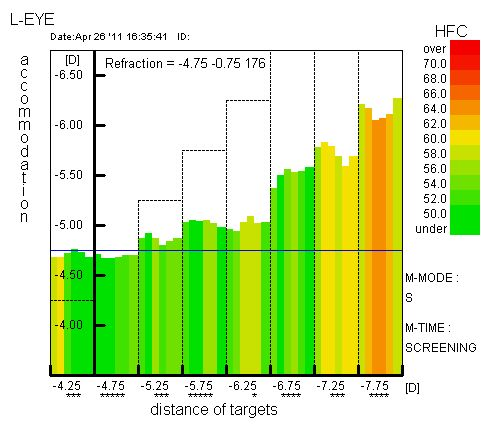
This article is an open access article distributed under the terms and conditions of the Creative Commons Attribution license (CC BY).
ORIGINAL RESEARCH
Impact of life activity in conditions of digital environment on the students’ organ of sight
Pirogov Russian National Research Medical University, Moscow, Russia
Correspondence should be addressed: Svetlana V. Markelova
Ostrovitianov str. 1, Moscow, 117997; ur.umsr@vs_avolekram
Author contribution: Obrubov SA – academic advising, data acquisition, literature analysis; Markelova SV – data acquisition, statistical processing, literature analysis, manuscript writing.
Compliance with ethical standards: the study was approved by the Ethics Committee of Pirogov Russian National Research Medical University (protocol No. 159 dated November 21, 2016). The informed consent was obtained for all the participants. The study met the requirements of biomedical ethics and involved no risk to participants.





